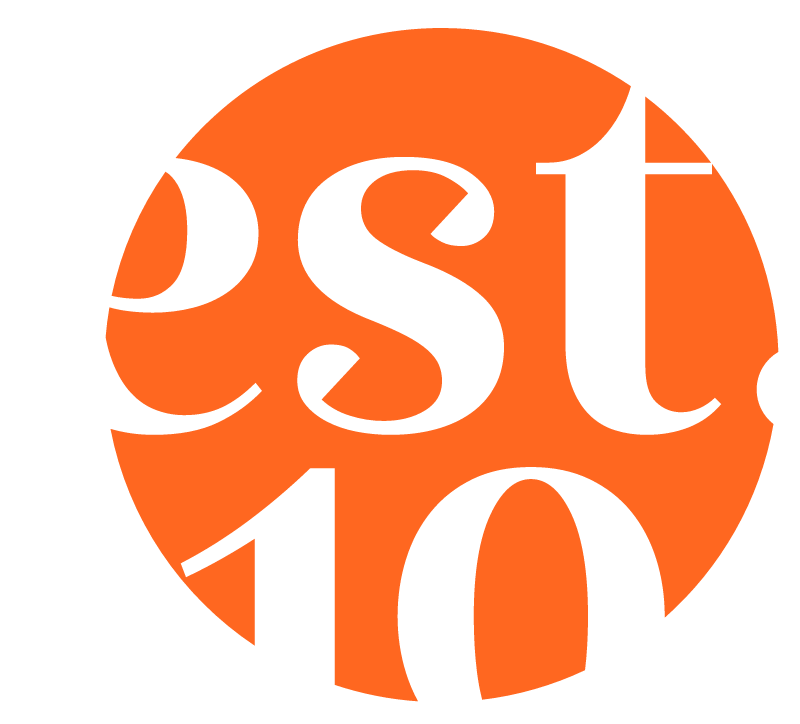Have you heard of ‘invisible ink’ before? If I have worked on a job brief with you, I would have used this expression. At EST10, it is a commonly used phrase—one that has become a significant concept and part of the way we operate.
The Collins dictionary describes invisible ink, as ‘a liquid used for writing that does not become visible until it has been treated with chemicals, heat, ultraviolet light, etc.’ Consider us as your ultraviolet light. We highlight and unveil what the ordinary recruiter might not see.
The invisible ink for a job description (JD) refers to the parts of the job brief that are critical but not written down or, worse, not even captured in the verbal briefing. Typically, it pertains to the cultural fit with the team, the Manager and the business. I often bring up the invisible ink question after spending considerable time going through a written job description. I then ask, ‘and what’s not on the JD that we need to know?’
While each stage of the recruitment process is significant, the job description is at the core—whether written, verbal or assumed.
Finding the right candidate for your vacancy is an important task and has a high cost attached to it—that of time, resources, energy, cost of the empty seat, not to mention the combined hours of contemplation. If you need to replace the role, then your investment into the process is even greater.
Whether you are recruiting yourself, utilising your internal team, or have engaged a trusted agency, it makes little difference if you end up with the wrong hire. The same goes for the person hired, they will be disappointed, likely have their confidence fractured and be back looking for another job.
The JD is not a ‘wish-list’, nor is it an ‘add on’—like a McDonald’s meal deal order—‘do you want fries with that?’. Whilst I am an idealist when it comes to fulfilling dreams, the JD is not the place for it. The job description is the realism of the job, not your beliefs and desires, but the facts and tangibles.
Once we understand the realism/the authenticity of the job, we have a clear picture and path and can deliver your ideal candidate.
As a result of the changes brought up by the pandemic, we are witnessing an evolution when it comes to traditional job roles. As such, the art of capturing these developments (or actions) in a JD is vital.
This is where the EST10 ‘invisible ink’ comes into the recruitment process. The invisible ink is the clincher—the deal maker, the closer.














